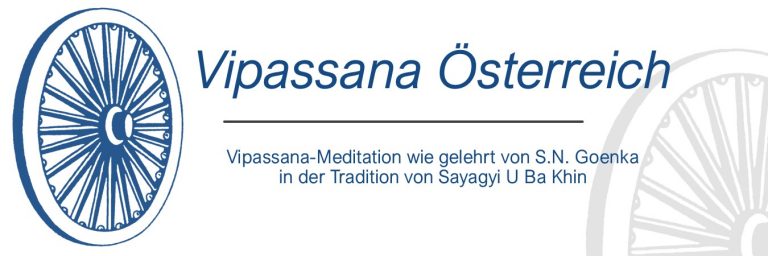
Vipassana-Meditation
What does Vipassana mean
Vipassana (Pali: Vipassanā; English "insight") is often translated as "seeing things as they really are". Meditators train their ability to concentrate and perceive, and use this ability to observe and explore their own physical and mental reality.
How to learn Vipassana
The technique is usually learned in 10-day courses. In this tradition alone, there are several hundred thousand participants each year in over 150 meditation centres worldwide. The demand for course places is big. In Europe course places are often booked up within minutes.
The tradition - some milestones
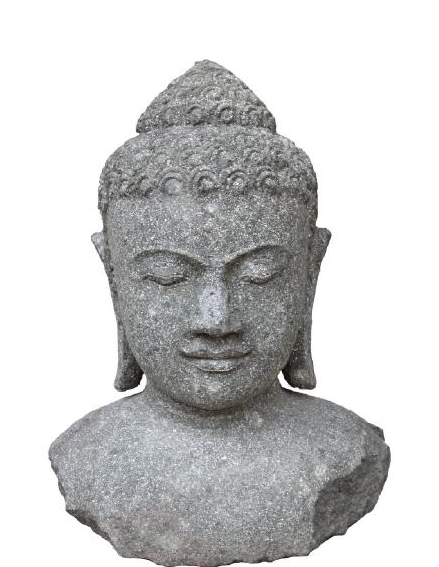
563 BC – 483 BC
Siddhartha Gautama
Known as the historical Buddha. He is considered the founder of the Dhamma Teaching and the Vipassana Technique.
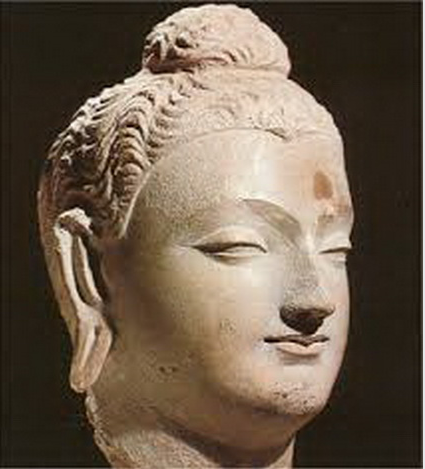
304 BC – 232 BC
King Ashoka
Ruler of the Indian dynasty of Maurya. He sent Dhamma messengers to various countries. Among others, to present-day Myanmar.
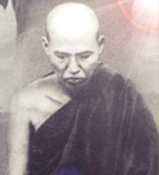
1846 -1923
Ledi Sayadaw
Monk from Myanmar, who made Vipassana practice accessible to monks and lay people alike.
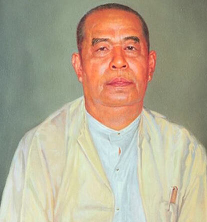
1899 -1971
Sayagyi U Ba Khin
Myanmar government official and Vipassana meditation teacher. He also taught Vipassana practice to students from the West. Among his most famous students was S.N. Goenka.
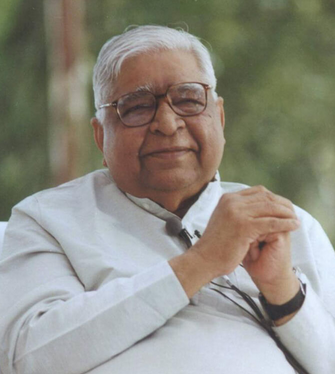
1924 -2013
S.N. Goenka
Businessman from Myanmar of Indian origin. He was appointed as a teacher by U Ba Khin in 1969 and brought the technique through India to the world. Founder of this tradition.
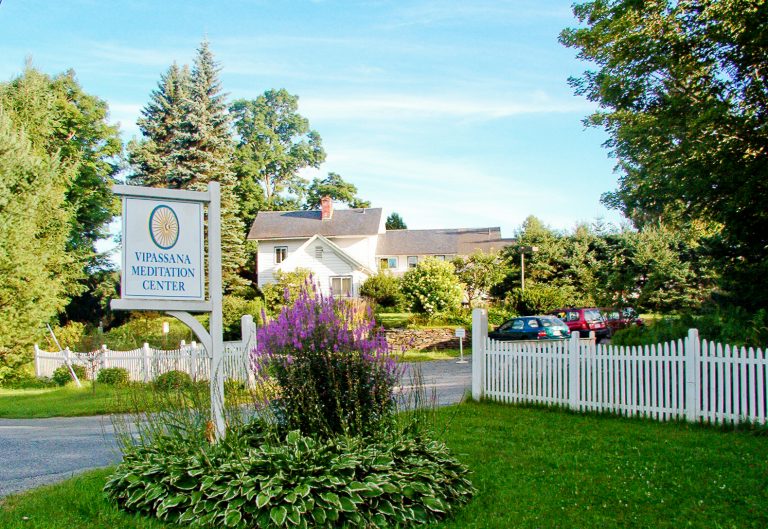
2021
The tradition today
There are over 150 meditation centers worldwide. Each center is organized by its own association. The responsible teachers for Austria are Heinz Bartsch and Brunhilde Becker.
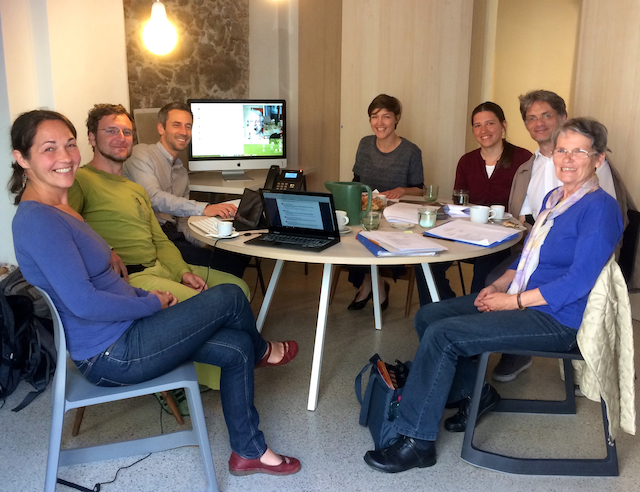
On the picture some association members with architects from mia2.
Key facts
Registered office
Rechberg
Association status
The association is registered as a non-profit organization.
Board of Directors
Chairwoman: Dr. Sabrina Schindler
Chairwoman deputy: Hannes Anderle MAS
Kassierin: Thomas Gastecker
The Board of Directors is newly elected at the end of each business year. The term of office is one year.
Purpose of the association
"The purpose of the association is to promote health as well as a positive personal development through learning the Vipassana meditation technique (according to S.N. Goenka). This technique is accessible to all people."
"Based on an increase in the ability to concentrate, the regular practice of this meditation leads to the development of mindfulness and calmness and supports a relaxed mental and physical condition."
"The association exclusively and directly pursues charitable purposes according to §§ 34 f AO. It is selflessly active and not profit-oriented."
